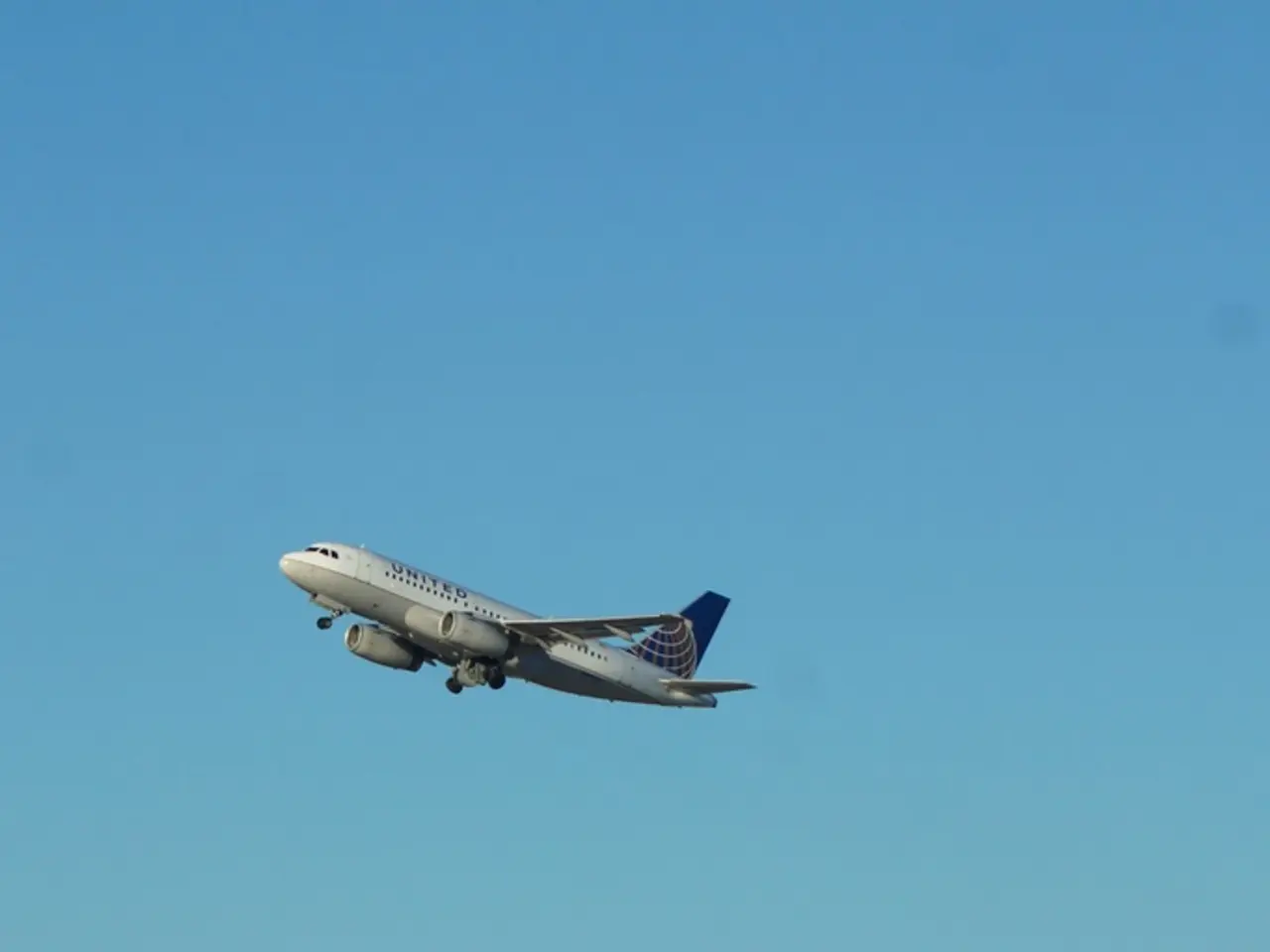Disorder breaks out at Hamad International Airport in Doha as airspace resumes operation.
Hamad International Airport in Doha, Qatar, is gradually recovering from the impact of recent airspace closures in the Middle East. The airport, a significant transit hub, has been grappling with flight cancellations, delays, and diversions, affecting numerous travellers worldwide this week.
The airspace closures, triggered by heightened tensions following a U.S. attack on Iranian nuclear facilities and subsequent Iranian missile strikes on a U.S. military base in Qatar, have had a significant impact.
In normal circumstances, Hamad International Airport handles approximately 300 flights per day, recording a record 52.7 million passengers in 2024. However, the airport was forced to temporarily close its airspace for around eight hours from Monday evening to early Tuesday morning, leading to widespread disruptions.
Following the closure, flight operations resumed but at a significantly reduced capacity, with approximately half the usual number of flights. This reduction in operations has caused hundreds of flights to be cancelled, delayed, or rerouted, not only at Hamad International but also at other major Middle Eastern hubs like Dubai International Airport.
Airlines, including Qatar Airways, have deployed extra ground staff to assist passengers and prioritize safe, smooth onward travel despite ongoing operational challenges.
While normal operations have resumed at Hamad International Airport and most of the affected airports, recovery to full operational capacity is gradual. Given the summer travel peak and logistical challenges, returning to normal may extend into July for some passengers still facing delays or reroutes.
Experts caution that while there are signs of de-escalation and a tentative cease-fire between Iran and Israel, the situation remains volatile. Thus, disruptions could persist or recur, making short-notice flight changes likely over the coming weeks to months.
Thousands of travellers have been stranded at Doha, with over 25,000 passengers reportedly affected by the disruptions on Tuesday, according to Virgin Australian. Heated arguments were reported to have broken out among travellers waiting in lines, and images of queues and overcrowded terminals have been shared online.
Meanwhile, Dubai International Airport, another major hub in the region, warned that flights from DXB and DWC - Al Maktoum International might be impacted. On Tuesday, 145 flights were cancelled and over 450 were delayed at Dubai International Airport. Emirates Airlines reported minimal disruptions after a short break in operations.
Passengers are advised to remain flexible, stay informed with real-time updates, and prepare for possible continued disruptions for several months. Disruptions at Hamad International Airport are expected until June 26, and travellers are urged to regularly check their flight information.
In conclusion, while Hamad International Airport has resumed operations following the crisis, passenger numbers and flight schedules remain impacted, with a recovery expected over the next several months amid ongoing regional volatility.
- The airspace closures, rooted in heightened tensions, have led to significant flight disruptions at Hamad International Airport, affecting numerous travellers worldwide.
- In addition to Hamad International Airport, other major Middle Eastern hubs, such as Dubai International Airport, have also been affected, with hundreds of flights cancelled, delayed, or rerouted.
- Given the ongoing regional volatility and the summer travel peak, experts caution that passengers should remain flexible, stay informed, and prepare for possible continued disruptions for several months.






